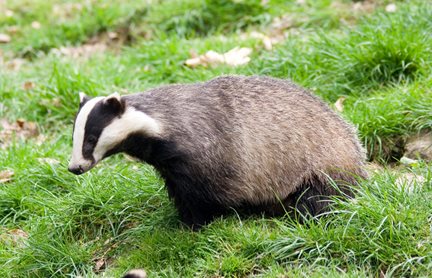
Identifying Badger Holes in the Garden
Badgers create three kinds of holes that distinguish them from other garden pests. Their dens, also called setts, are the largest holes they dig. Setts have openings six to 12 inches wide surrounded by piles of dirt. Badgers with nearby dens also dig several pits about six inches deep and wide for their droppings. Property owners may also see smaller divots in lawns where the pests dig for grubs.
Why Do Badgers Dig Holes in Gardens?
New building projects often force badgers from their old dens into gardens when searching for food. Lawns infested with insect larvae make inviting habitats. The pests may also dig for earthworms, flower bulbs, fruits, vegetables, rabbits, mice, and moles.
Prevention & Removal
Since they stick to the same areas and routines when possible, it can be hard to deter badgers once they move in. Therefore, homeowners should focus on prevention. To avoid attracting badgers, eliminate their prey. Sturdy wood or wire fences extending at least four feet high and two feet below the ground can also keep badgers from entering gardens. Although they may look cuddly, never try to trap the pests without professional help. Badgers are very powerful for their size and may strike with their large front claws and sharp teeth. To avoid injury, trust wildlife specialists to safely and humanely remove badgers from your property.